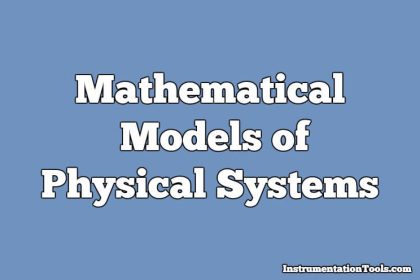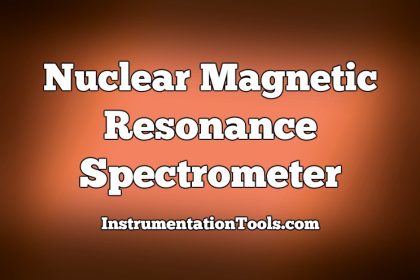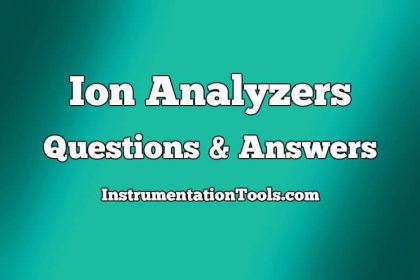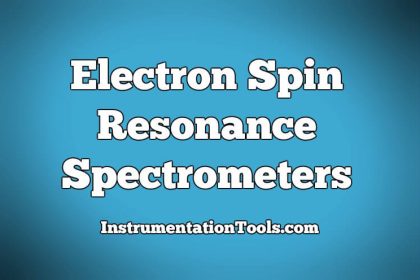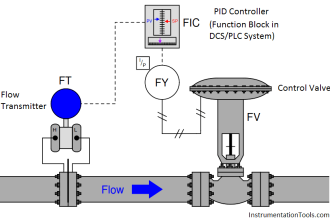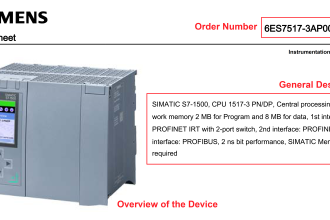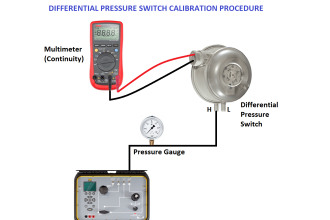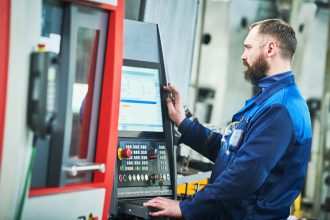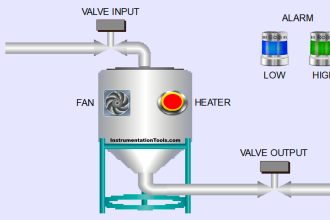Linear Approximation of the Non-Linear System MCQ
1. Due to which of the following reasons excessive band width in control systems should be avoided?
a) It leads to slow speed of response
b) It leads to low relative stability
c) Noise is proportional to bandwidth
d) Presence of feedback
Answer: c
Explanation: Excessive Bandwidth causes increases in the noise with the same proportion as the bandwidth and hence noise is not good for any signal therefore the excessive bandwidth is not desirable.
2. In a stable control system backlash can cause which of the following?
a) Underdamping
b) Overdamping
c) Poor stability at reduced values of open loop gain
d) Low-level oscillations
Answer: d
Explanation: In stable control systems backlash is the form of the error which may cause low level of the oscillations and hence can be useful sometimes as it increases the damping.
3. In an automatic control system which of the following elements is not used?
a) Error detector
b) Final control element
c) Sensor
d) Oscillator
Answer: d
Explanation: In an automatic control system oscillator is not used because the oscillator increases the oscillations but our aim is to reduce the oscillations and hence oscillator is not used.
4. In a control system the output of the controller is given to
a) Final control element
b) Amplifier
c) Comparator
d) Sensor
Answer: a
Explanation: In control system the output of the controller is given to the final control element it may be the plant or any other controller which-ever is used in the control circuit.
5. A controller, essentially, is a
a) Sensor
b) Clipper
c) Comparator
d) Amplifier
Answer: c
Explanation: A controller is essentially the comparator which compares the given input with the reference input and generates the error signal.
6. Which of the following is the input to a controller?
a) Servo signal
b) Desired variable value
c) Error signal
d) Sensed signal
Answer: c
Explanation: Error signal is the input to the controller and it causes the output to be the desired output.
7. The on-off controller is a _____ system.
a) Digital
b) Linear
c) Non-linear
d) Discontinuous
Answer: d
Explanation: The on-off controller is discontinuous at the point when the system changes its state from on to off.
8. The capacitance, in force-current analogy, is analogous to
a) Momentum
b) Velocity
c) Displacement
d) Mass
Answer: d
Explanation: The capacitance in the force current is analogous to the mass and this analogy is also called parallel analogy as mostly all the elements are parallel.
9. The temperature, under thermal and electrical system analogy, is considered analogous to
a) Voltage
b) Current
c) Capacitance
d) Charge
Answer: a
Explanation: The temperature under thermal and electrical system analogy is considered analogous to the voltage and is similar to the Force voltage analogy.
10. In electrical-pneumatic system analogy the current is considered analogous to
a) Velocity
b) Pressure
c) Air flow
d) Air flow rate
Answer: d
Explanation: In electrical-pneumatic system analogy the current is analogous to the air-flow rate.
11. The use of feedback element in the feedback loop is:
a) It converts the output variable ‘c’ to another suitable feedback variable ‘b’ to compare with the input command signal.
b) It is the actuating element
c) To increase the stability
d) None of the mentioned
Answer: a
Explanation: The feedback can be positive and negative and so applied is to produce the error signal so as to get the desired output.
12. The major components of a controller are:
a) Control element
b) Error detector and control element
c) Feedback element
d) Error detector and feedback element
Answer: b
Explanation: Controller is the extra block used in the system to get the desired characteristics and consists of two major components as the error detector and control element in the forward path.
13. Practically all the elements are:
a) Linear
b) Non-linear
c) Exponential
d) None of the mentioned
Answer: b
Explanation: It is not practically possible to achieve linear elements as there is some error present so practically all the elements present are non-linear but can be made linear only to some extent.
14. The need of assuming non-linear element as linear:
a) Simplicity of analysis and accuracy of results
b) Ease of calculations
c) Less time consuming
d) Mathematical tool available
Answer: d
Explanation: All the mathematical tools are available as per ideal cases so it is necessary to make assumptions for non-ideal to be nearly ideal and hence do the necessary calculations as needed.
15. A non-linear element can be treated as the linear element.
a) True
b) False
Answer: a
Explanation: It is possible to make non-linear elements linear to make necessary calculations as practically non-linear elements are present and we make certain assumptions to make them linear.



